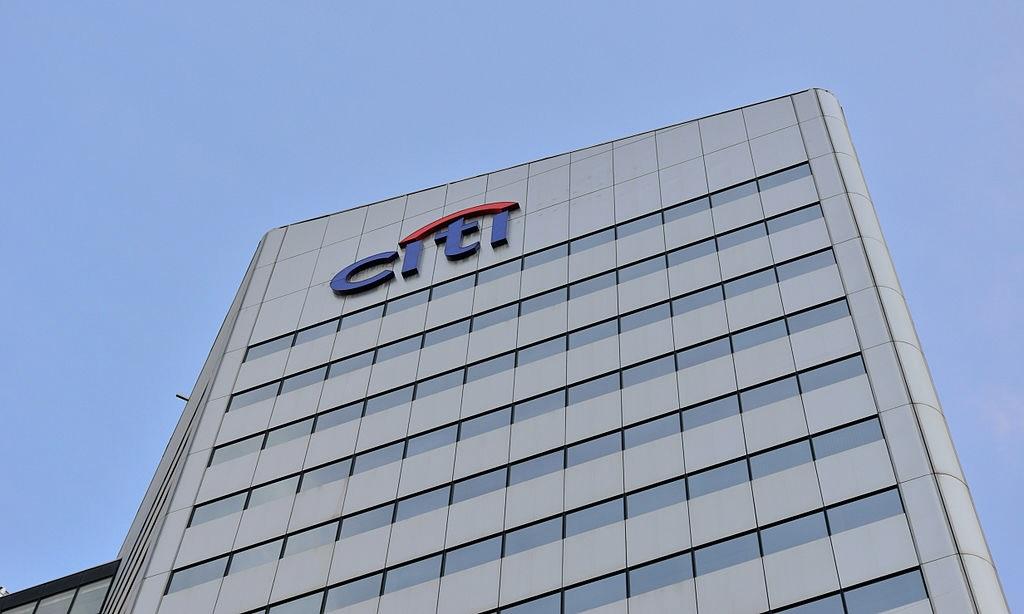Following Donald Trump’s return to the White House, Citi strategists have outlined the anticipated market shifts in what they call the "Trump trades," segmented into four distinct phases. From sentiment-driven optimism to controversial tariffs, Citi's analysis sheds light on potential winners, losers, and unpredictable ripple effects.
Phase 1: The Sentiment Surge
Citi identifies the first phase as the "pure sentiment trade," fueled by post-election optimism and the absence of Harris-led corporate tax hikes. The report predicts a year-end rally for U.S. equities, buoyed by seasonal market strength in November and December.
Strategists recommend staying long on U.S. indices, expecting sustained gains as investor confidence builds around the promise of corporate tax cuts. However, while the tone remains bullish, analysts caution that sentiment may outpace the actual policy impact.
Phase 2: Deregulation as a Market Catalyst
The second sequence highlights deregulation, an area where the Trump administration is expected to make swift moves without requiring Congressional approval. Key targets include energy, mergers and acquisitions regulation, and cryptocurrency policies. Citi expects these actions to further bolster market sentiment.
However, the report tempers expectations, noting limited historical evidence of significant small-cap outperformance tied to deregulation. This phase, while potentially transformative, may not deliver the sweeping gains some investors anticipate.
Phase 3: Immigration Policy's Market Impact
Immigration policies take center stage in the third phase, marked by stricter border controls and large-scale deportations. With appointments like South Dakota Governor Kristi Noem and former ICE Director Tom Homan, the administration signals an aggressive stance.
Citi strategists note that immigration has historically exerted a deflationary effect by increasing labor supply, offsetting inflationary demand pressures. However, the scale of proposed deportations could introduce unprecedented market variables. For now, analysts advise caution, steering clear of trades directly tied to immigration policies due to their uncertain outcomes.
Phase 4: The Tariff Tango
Tariffs, a hallmark of Trump’s first term, reemerge as a defining feature of the fourth phase. Citi expects an accelerated timeline for narrow tariffs targeting China, potentially impacting markets as early as February or March.
The strategists suggest being long on emerging market currencies during this phase, as tariff announcements historically lead to U.S. dollar weakness. However, broader tariffs tied to fiscal reconciliation remain uncertain, with Citi maintaining a cautious stance.
The Long-Term Fiscal Policy Gamble
In the final phase, Citi focuses on expansionary fiscal policies, including potential tax cuts and infrastructure spending. While these could bolster the economy, the report highlights significant uncertainty surrounding their implementation. Strategists suggest that any impact from fiscal stimulus is unlikely before 2026, advising patience for those eyeing curve steepening trades.
Trump-Era Market Lessons Revisited
Drawing comparisons to dollar performance during Trump’s first term, Citi strategists note delays in tariff implementation weakened the dollar in 2017. However, they believe 2018’s stronger dollar performance could serve as a better model for 2025 if tariffs are promptly enacted.



 IKEA Expands U.S. Manufacturing Amid Rising Tariffs and Supply Chain Strategy Shift
IKEA Expands U.S. Manufacturing Amid Rising Tariffs and Supply Chain Strategy Shift  Airline Loyalty Programs Face New Uncertainty as Visa–Mastercard Fee Settlement Evolves
Airline Loyalty Programs Face New Uncertainty as Visa–Mastercard Fee Settlement Evolves  Sam Altman Reportedly Explored Funding for Rocket Venture in Potential Challenge to SpaceX
Sam Altman Reportedly Explored Funding for Rocket Venture in Potential Challenge to SpaceX  Proxy Advisors Urge Vote Against ANZ’s Executive Pay Report Amid Scandal Fallout
Proxy Advisors Urge Vote Against ANZ’s Executive Pay Report Amid Scandal Fallout  IKEA Launches First New Zealand Store, Marking Expansion Into Its 64th Global Market
IKEA Launches First New Zealand Store, Marking Expansion Into Its 64th Global Market  UPS MD-11 Crash Prompts Families to Prepare Wrongful Death Lawsuit
UPS MD-11 Crash Prompts Families to Prepare Wrongful Death Lawsuit  ExxonMobil to Shut Older Singapore Steam Cracker Amid Global Petrochemical Downturn
ExxonMobil to Shut Older Singapore Steam Cracker Amid Global Petrochemical Downturn  OpenAI Moves to Acquire Neptune as It Expands AI Training Capabilities
OpenAI Moves to Acquire Neptune as It Expands AI Training Capabilities  USPS Expands Electric Vehicle Fleet as Nationwide Transition Accelerates
USPS Expands Electric Vehicle Fleet as Nationwide Transition Accelerates  Anthropic Reportedly Taps Wilson Sonsini as It Prepares for a Potential 2026 IPO
Anthropic Reportedly Taps Wilson Sonsini as It Prepares for a Potential 2026 IPO  GM Issues Recall for 2026 Chevrolet Silverado Trucks Over Missing Owner Manuals
GM Issues Recall for 2026 Chevrolet Silverado Trucks Over Missing Owner Manuals  Hikvision Challenges FCC Rule Tightening Restrictions on Chinese Telecom Equipment
Hikvision Challenges FCC Rule Tightening Restrictions on Chinese Telecom Equipment  Netflix’s Bid for Warner Bros Discovery Aims to Cut Streaming Costs and Reshape the Industry
Netflix’s Bid for Warner Bros Discovery Aims to Cut Streaming Costs and Reshape the Industry  Firelight Launches as First XRP Staking Platform on Flare, Introduces DeFi Cover Feature
Firelight Launches as First XRP Staking Platform on Flare, Introduces DeFi Cover Feature  Wikipedia Pushes for AI Licensing Deals as Jimmy Wales Calls for Fair Compensation
Wikipedia Pushes for AI Licensing Deals as Jimmy Wales Calls for Fair Compensation  EU Prepares Antitrust Probe Into Meta’s AI Integration on WhatsApp
EU Prepares Antitrust Probe Into Meta’s AI Integration on WhatsApp  Amazon Italy Pays €180M in Compensation as Delivery Staff Probe Ends
Amazon Italy Pays €180M in Compensation as Delivery Staff Probe Ends 































